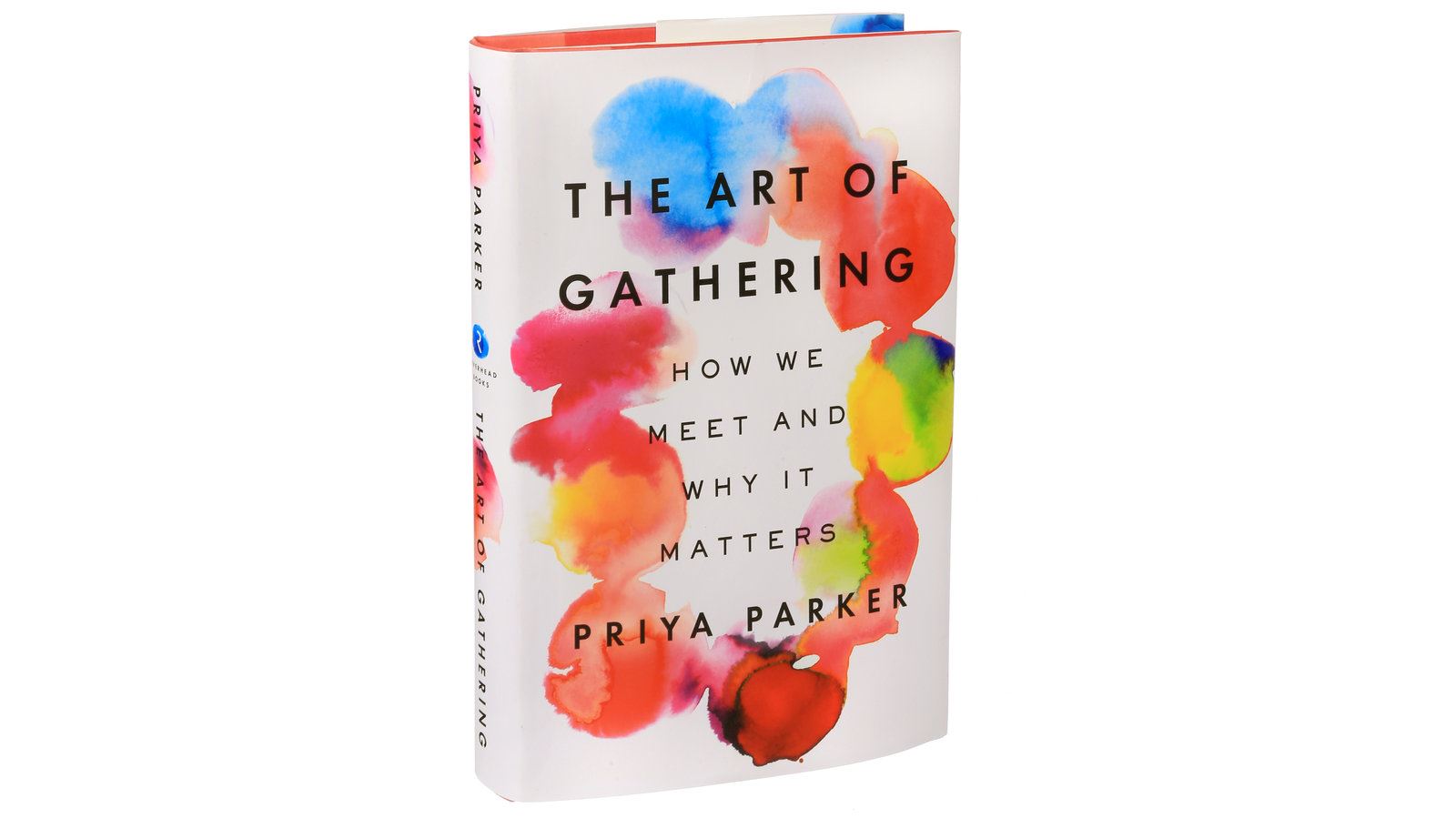 Recreation Manitoba is looking for different resources that will benefit volunteers and practitioners in the recreation and parks sector. We asked President Elect Emily George, MA to provide us with a review of the Art of Gathering by Priya Parker
Recreation Manitoba is looking for different resources that will benefit volunteers and practitioners in the recreation and parks sector. We asked President Elect Emily George, MA to provide us with a review of the Art of Gathering by Priya Parker
I held a potluck dinner party, a gathering of friends and their significant others, and it was one of the first times we were together outside of work. I wanted to make a toast to set the stage before our meal and recognize this moment. It didn’t happen because I believed it would add a level of formality than the casual gatherings we were used to. Instead, I focused on the logistics of how people should flow to get at all the food and where to sit. After reading The Art of Gathering, I know that I did a disservice to the event and our purpose for gathering.
The main premise of this book is summed up in the title. It is a pivotal read in 2020 and 2021, given the ongoing restrictions with the pandemic. The book reflects on how we are going to come back together, once it is allowed. My first exposure to this book was in audiobook form, read by the author. It was compelling enough to purchase the book and read it again. I knew it would be a staple in my collection and a go-to reference as I go forward in my career. The book flows through the elements that should be considered as one plans a meeting, an evening with friends, a birthday party, or a festival. Building on the author's experience as a professional facilitator and training in a group dialogue method called Sustained Dialogue, Priya Parker focuses on the process of what happens when you bring people together. She challenges all individuals to gather with a bold purpose, not just for tradition or societal expectation or out of habit.
This radical shift in the analysis of gathering means looking at it from all angles, not just the typical logistics of venue, food and time of day. She challenges us to think about the opening, the guest list, the role of the host, the invitation process, managing the mood, and ending with a purpose - just how you opened it. The book is written in a relatable way - we have all been to an occasion that left you wondering where you should be standing or sitting, having to navigate an awkward silence, or wondering what you had just experienced, on the drive home.
The elements, like setting the mood, conversation points, or choosing guests who would complement the mood, were quickly glossed over in my program planning class. These elements and others are placed front and centre and used as a compass to make decisions. The author challenges everyone who brings individuals together to consider the ‘why of the gathering’, as the cornerstone of all decisions. With the combination of these elements you set the stage - starting before the event even begins with your invitation then moving into how the guest is greeted and transported throughout the venue. The host can design the experience in such a way that transforms the event into a meaningful gathering. It also proposes that not every event can happen in a virtual setting and not every meeting requires the camera being on when it could just be an email or a quick phone call instead. Meetings, events and gatherings that require full-body participation (either online or in-person) requires the individual to be guided throughout the entire experience - and that direction helps to fulfill the mission of your gathering.
The book taught me that every gathering needs to have a beginning, middle and end and as a host I am required to use the time in a thoughtful way. As gatherings are slowly becoming an option in a post-pandemic world, we will need to be mindful of people’s hesitancy to attend events and how they will approach gatherings. Their lack of practice in social interactions from being apart for a year will mean that organizers need to be more deliberate and use the ideas in this book to design what meetings, community programs, events unfold and how spaces are used in the future.
Without the focus on the purpose, an intended outcome, how would you know if your gathering was successful? There is a call for radical change in facilitating gatherings of all sizes so that we can make the most of our time together, online and face to face. It is also a great reminder that bringing people together is powerful and should be done with care and purpose. I would recommend this book as a beginning when designing experiences, and even to reflect on. I know that the next dinner party I have will be a curated event from the invitation, to the conversation topics, and of course, a toast to commemorate the evening that we are once gathered again.